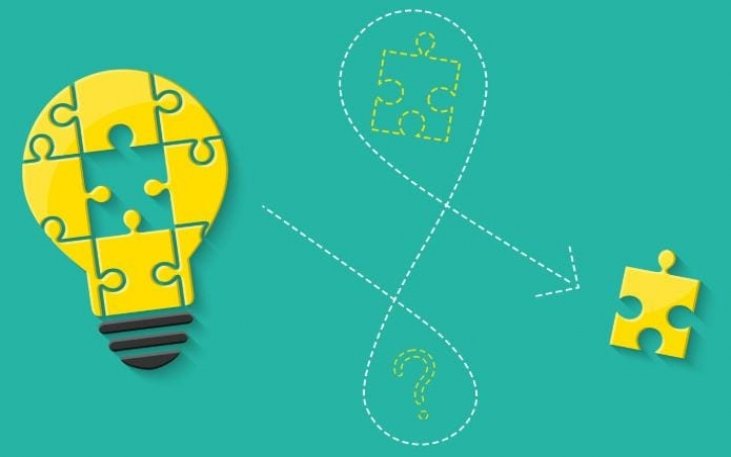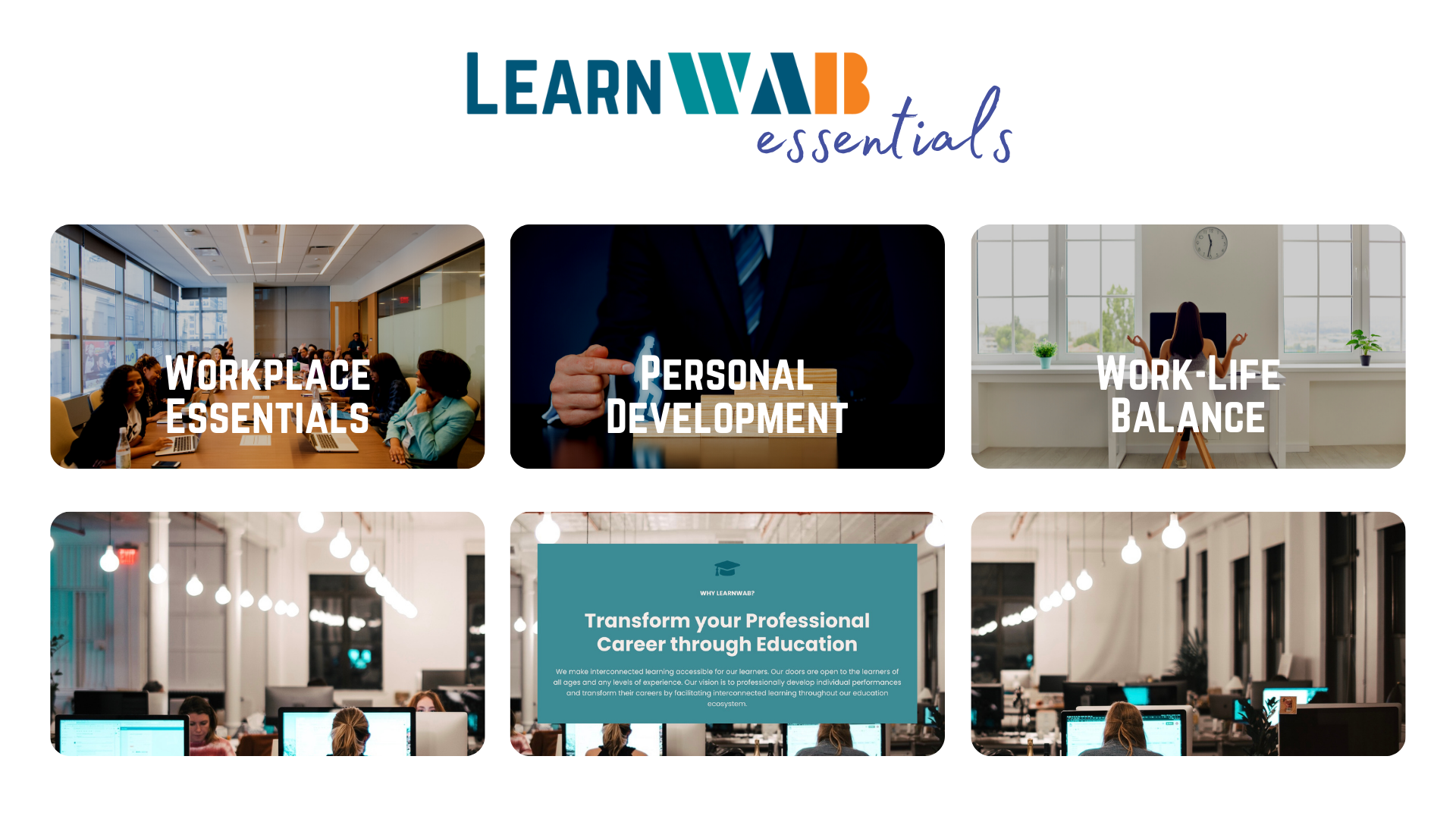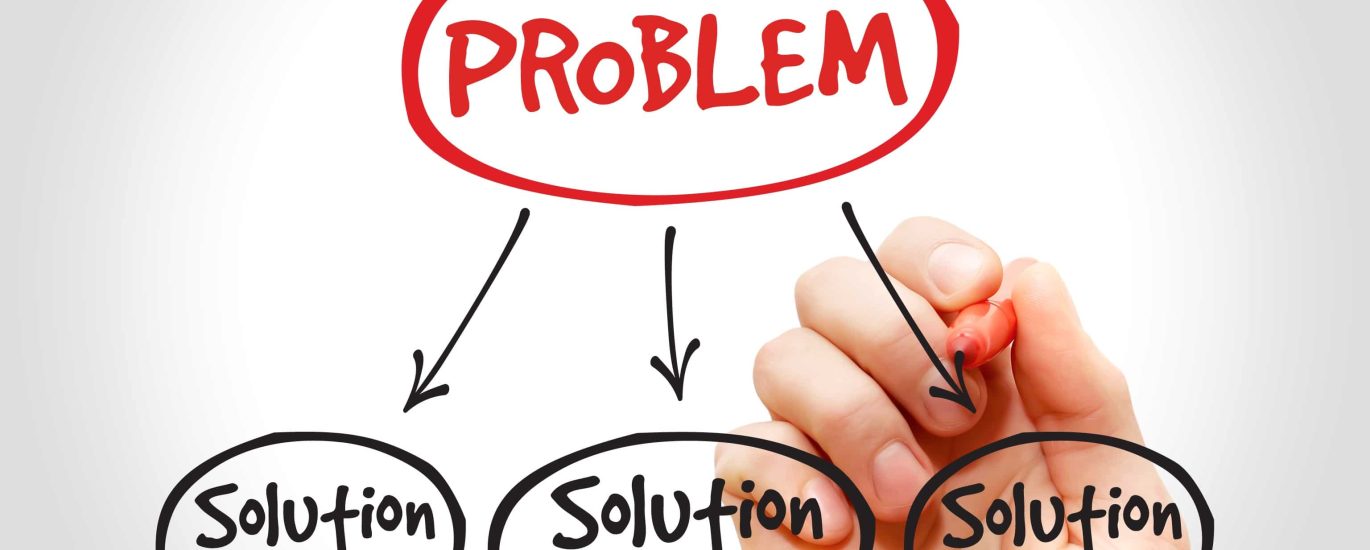Every problem has in it the seeds of its own solution. If you don’t have any problems, you don’t get any seeds. – Norman Vincent Peale
Let’s look at the creative problem solving process.
In this short article, we will define “problem” and other situations that lend themselves to the creative problem solving process. We will introduce the concept of solving problems using a creative process. The approach we use here includes six steps, which we will list out later.
What is a Problem?
The Random House Unabridged Dictionary includes several definitions for the word “problem.” The definitions that we are most concerned with while learning about the creative problem solving process are:
- “any question or matter involving doubt, uncertainty, or difficulty,” and
- “a question proposed for solution or discussion.”
A problem can be defined as a scenario in which the current situation does not match the desired situation, or anytime actual performance does not match expectations. Other labels for a problem include challenges or opportunities, or any situation or circumstance for which there is room for improvement.
What is Creative Problem Solving?
Creative problem solving has evolved since its inception in the 1950s. However, it is always a structured approach to finding and implementing solutions.
The creative problem solving process involves creativity. The problem solvers come up with solutions that are innovative, rather than obtaining help to learn the answers or implementing standard procedures.
The creative problem solving process is at work anytime you identify solutions that have value or that somehow improve a situation for someone.

What are the Steps in the Creative Solving Process?
The Creative Problem Solving Process uses six major steps to implement solutions to almost any kind of problem. The steps are:
- Information Gathering, or understanding more about the problem before proceeding
- Problem Definition, or making sure you understand the correct problem before proceeding
- Generating Possible Solutions using various tools
- Analysing Possible Solutions, or determining the effectiveness of possible solutions before proceeding
- Selecting the Best Solution(s)
- Planning the Next Course of Action (Next Steps), or implementing the solution(s)
In a Nutshell
In the past few decades, psychologists and business people alike have discovered that successful problem solvers tend to use the same type of process to identify and implement the solutions to their problems. This process works for any kind of problem, large or small.
This course will give you an overview of the entire creative problem solving process, as well as key problem solving tools that they can use every day.
View courses on LearnWAB







